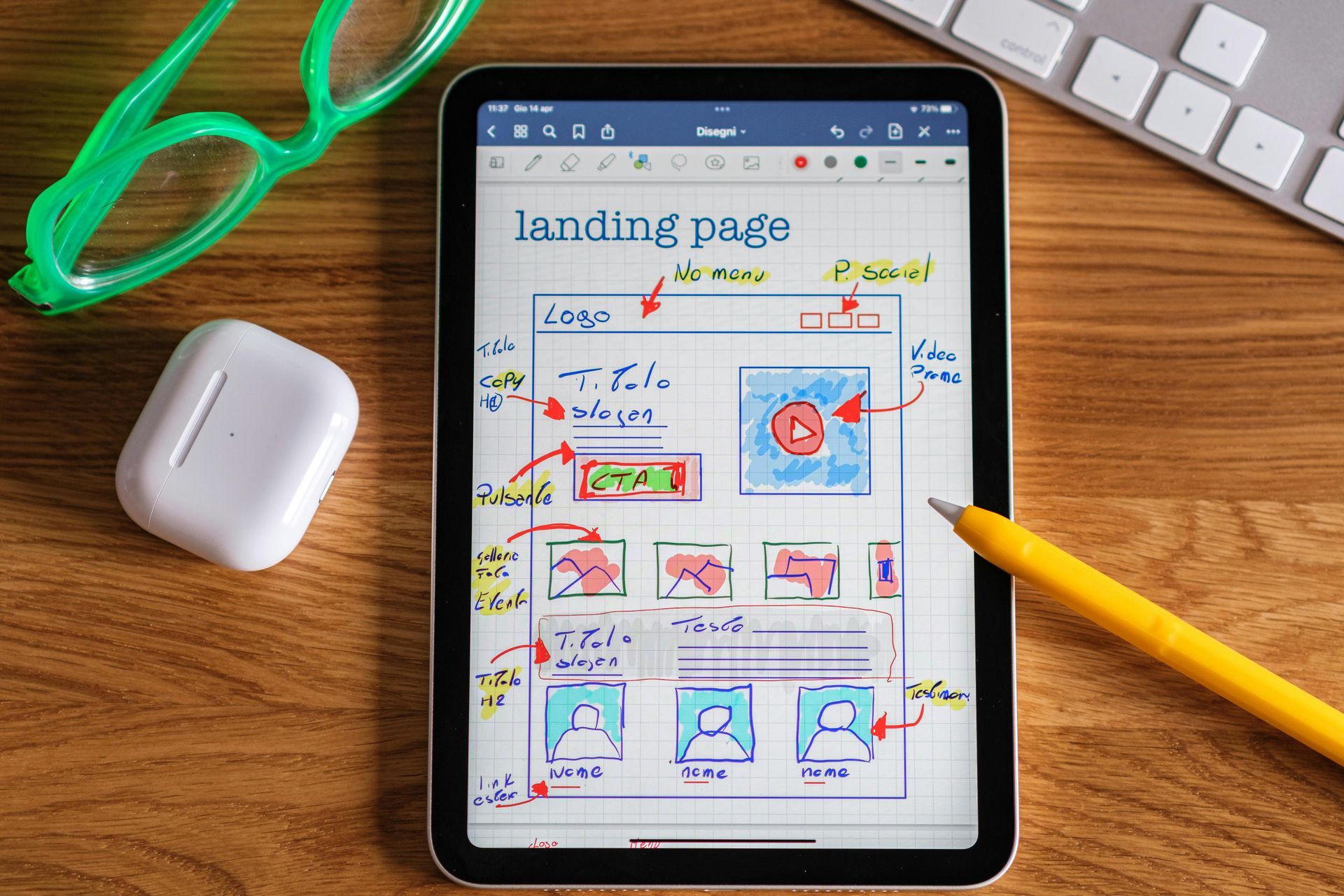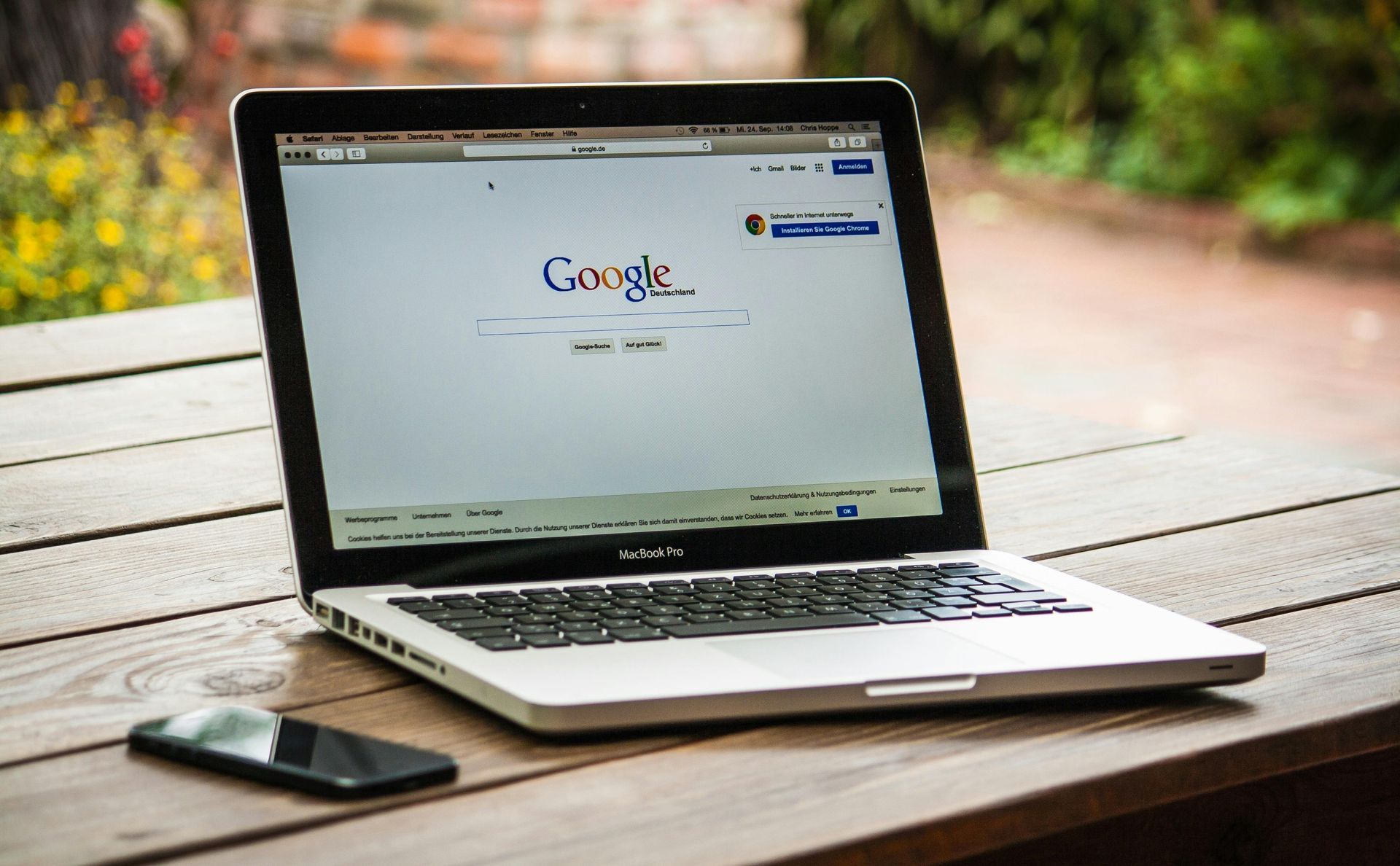How to Turn Your Website Visitors into Paying Customers
If people are landing on your site but not taking action, it’s time to rethink your conversion strategy.

You’ve launched your website. Traffic is coming in. But there’s a problem:
No one’s clicking. No one’s calling. And no one’s buying.
Sound familiar?
It’s one of the most common issues small business owners face online — traffic without conversions. The good news? With the right structure and strategy, you can fix that. In this post, we’re sharing actionable website conversion tips to help you turn your website visitors into paying customers.
Why Your Website Isn’t Converting (Yet)
A beautiful website is great — but beauty without clarity doesn't sell. Many small business websites fail because they:
- Don’t guide visitors to take action
- Have confusing layouts or too many options
- Lack trust signals or clear messaging
- Don’t speak directly to the visitor’s needs
If you're struggling to turn traffic into leads, here’s how to fix it.
1. Start with a Clear Value Proposition
Your homepage should answer three questions immediately:
- What do you do?
- Who is it for?
- Why should they care?
Example:
“Custom-built websites for small businesses — without the upfront cost or DIY headache.”
✅ Make this your hero headline. Avoid clever wordplay or industry jargon. Be clear, not cute.
2. Use One Primary CTA (Call-to-Action) Per Page
Every page on your site should have a job. That job should end with a clear CTA that tells the visitor exactly what to do next.
Common CTAs:
- “Book a Free Call”
- “Get a Quote”
- “Schedule a Demo”
- “Start Your Free Trial”
✅ Website CTA strategy tip: Use action verbs and remove friction. “Let’s Get Started” converts better than “Submit.”
3. Repeat Your CTA — Don’t Hide It
Most visitors won’t take action after seeing your CTA once. Repeat it at least 2–3 times on every page:
- In your hero section
- Mid-page (after value props or testimonials)
- At the bottom
✅ Make your CTA button color contrast with the rest of your site — it should stand out immediately.
4. Build Trust with Social Proof
Visitors hesitate when they’re not sure if you’re legit. Solve that with social proof:
- Customer testimonials
- Star ratings
- Case studies
- “As seen in” logos
- Google reviews
Example:
“Wibsy built our website in two weeks. We signed our biggest client the next month!” – Dana L., Small Business Owner
✅ Place social proof near your CTA to reinforce confidence right before someone clicks.
5. Make It Easy to Contact You
If someone wants to talk, make it simple:
- Short, mobile-friendly contact forms
- Click-to-call buttons
- Easy-to-find email address
- Live chat or booking links
✅ Bonus: Add your contact CTA to the site header or sticky footer so it’s always one tap away.
6. Optimize for Mobile First
Most visitors are on their phones.
If your layout is clunky or slow, you’re losing conversions.
✅ Wibsy websites are 100% mobile-optimized out of the box — so your site looks great and works fast on any device.
7. Reduce Page Clutter
One of the most overlooked website conversion tips: less is more.
Avoid:
- Multiple CTAs per page
- Walls of text
- Auto-playing videos
- Popups that interrupt the experience
✅ Focus each page around one message and one goal. Make it easy to say yes.
8. Add Urgency or Incentives
If possible, give people a reason to act now:
- “Only 2 spots left for this month”
- “Get a free strategy call if you book by Friday”
- “10% off your first website design project”
✅ Urgency boosts action — just don’t fake it.
9. Track, Test, and Tweak
Use tools like Google Analytics or Hotjar to understand:
- Where people drop off
- Which CTAs get clicked
- What pages convert best
Over time, tweak layouts, headlines, and CTA language to see what improves conversions.
✅ At Wibsy, we design every site with conversion in mind — so you start with a strong foundation.
Final Thoughts
Your website shouldn't just be a brochure. It should be a lead generator, a sales assistant, and a conversion machine.
If people are visiting your site but not buying, these small changes can lead to
big improvements.
Want a team that builds with conversion in mind?
That’s exactly what Wibsy does.
📈 Let’s turn your traffic into leads →
📖 Related: What Should Be On Your Small Business Homepage
📖 How to Build an Effective Landing Page










